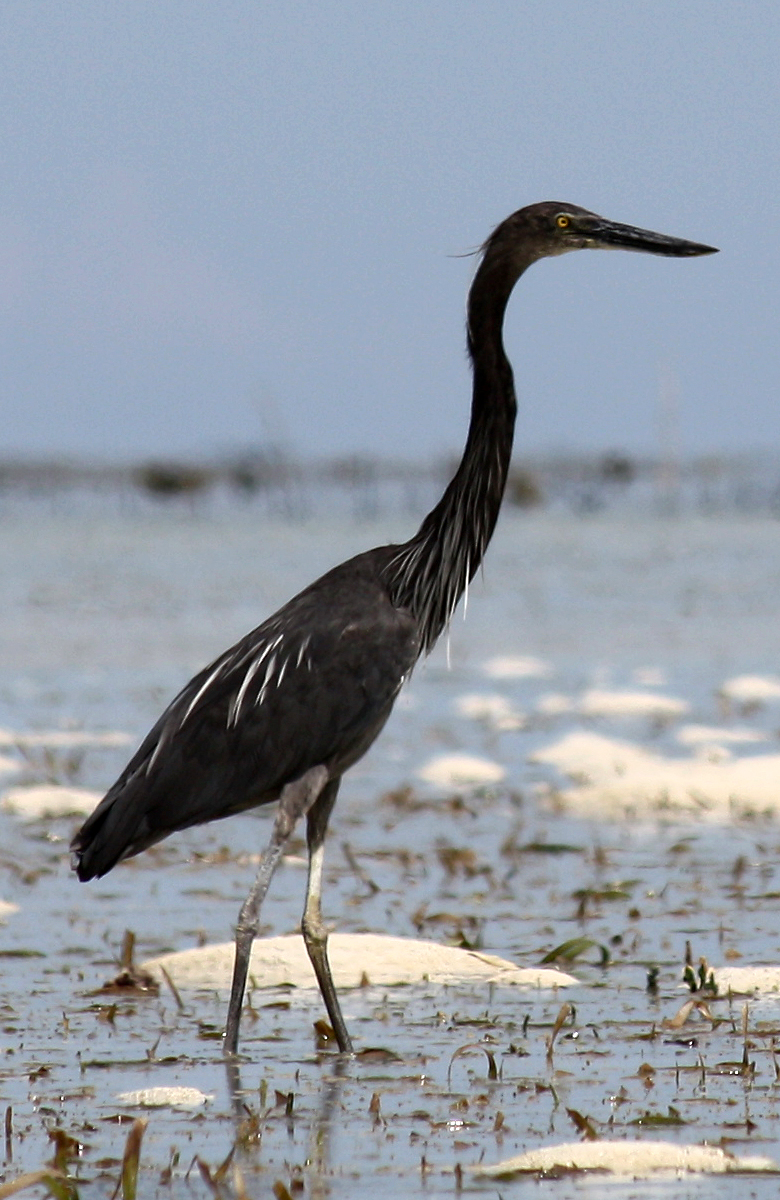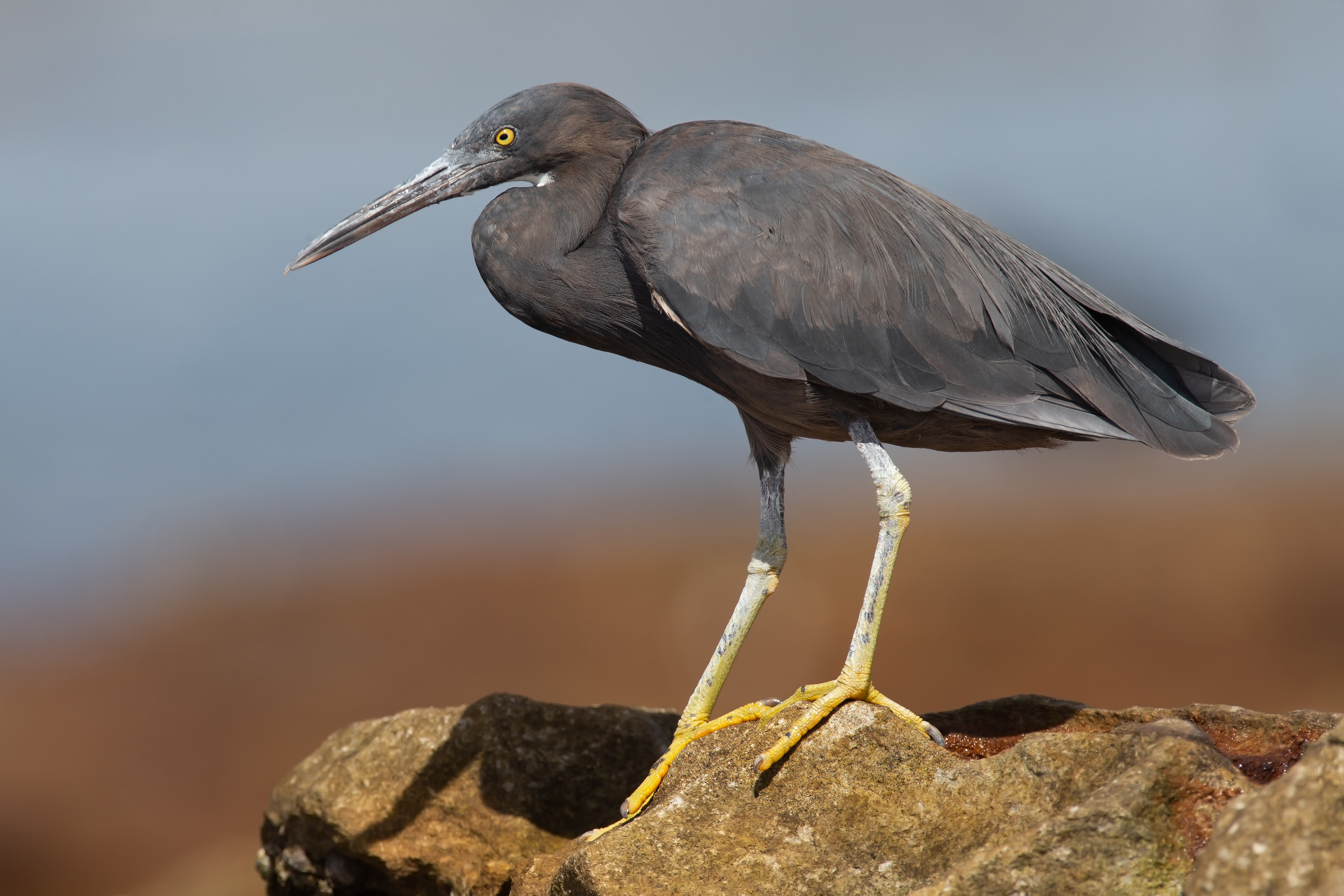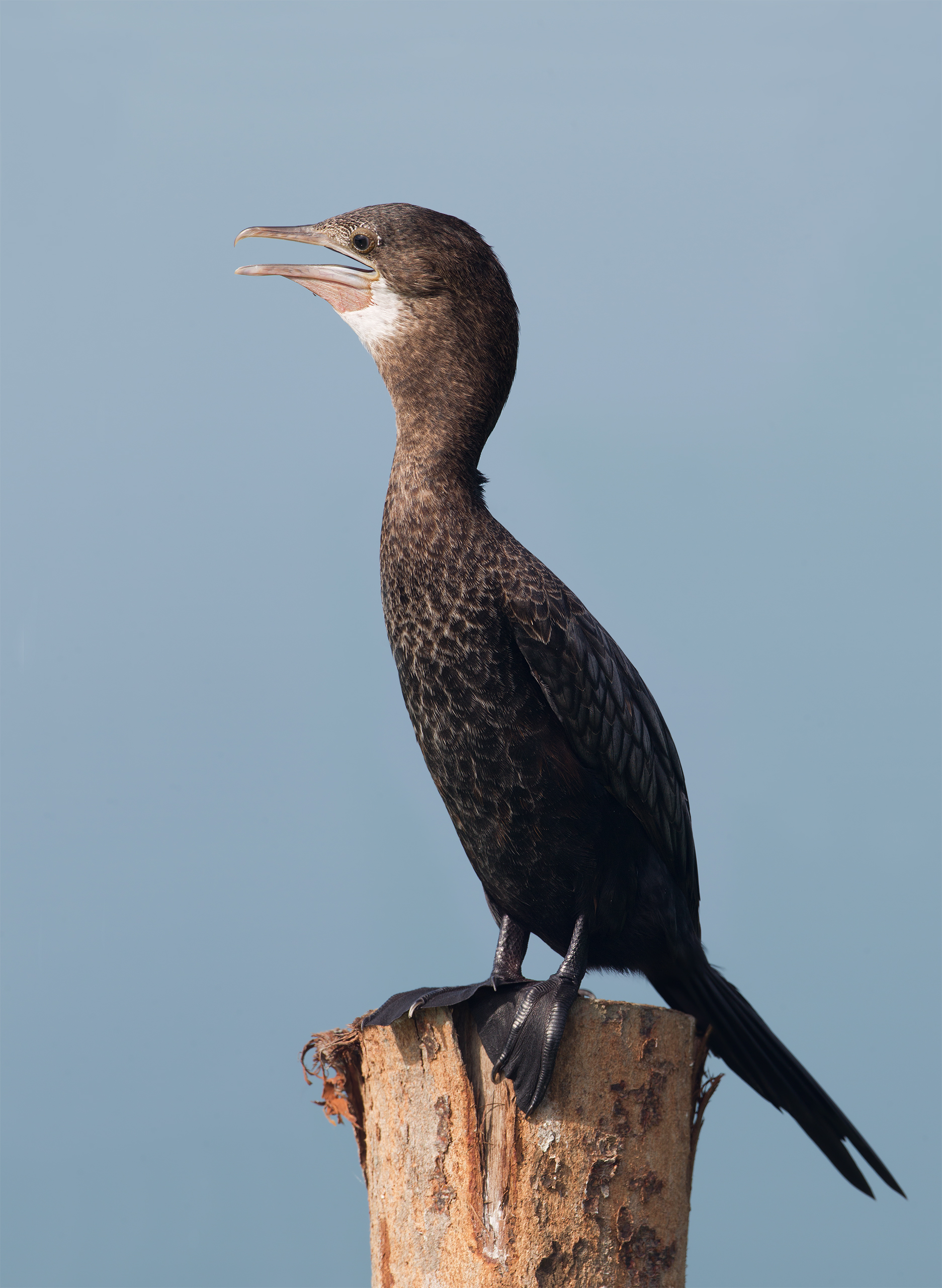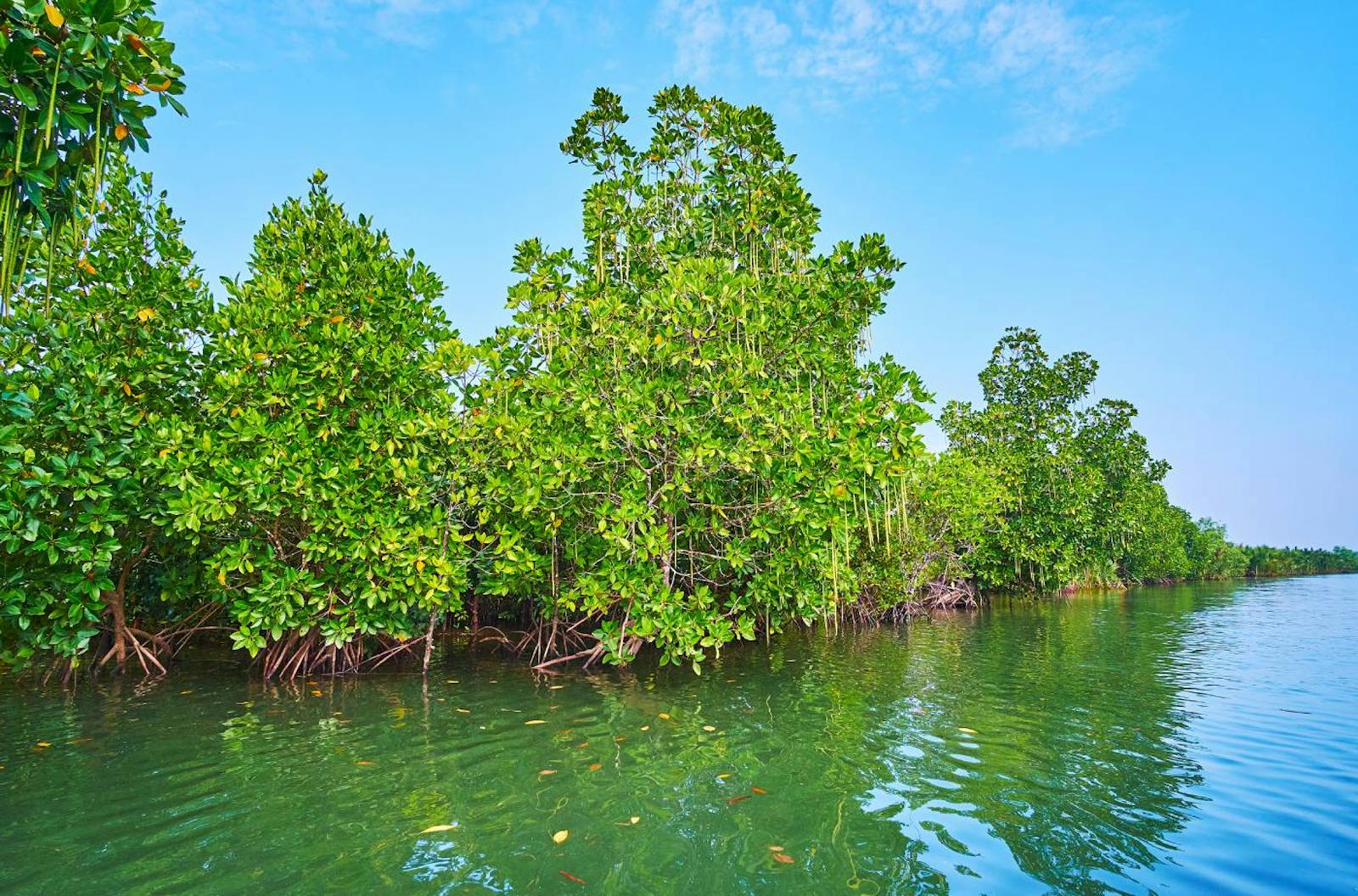Myanmar Coast Mangroves
The ecoregion’s land area is provided in units of 1,000 hectares. The conservation target is the Global Safety Net (GSN1) area for the given ecoregion. The protection level indicates the percentage of the GSN goal that is currently protected on a scale of 0-10. N/A means data is not available at this time.
Bioregion: Myanmar Coastal Rainforests & Andaman Sea Islands (IM9), Peninsular Malaysian & Sumatran Tropical Rainforests (IM18)
Realm: Indomalaya
Subrealm: Malaysia & Western Indonesia
Ecoregion Size (1000 ha):
2,136
Ecoregion ID:
321
Conservation Target:
31%
Protection Level:
1
States: Myanmar, Thailand, Malaysia, Bangladesh
The Myanmar Coastal Mangroves have one of the highest species richness for mangrove trees among mangrove ecoregions in the Indian Ocean. There are 28 species of mangroves known from Myanmar alone, and the largest mangrove patch can be found in the Ayeyarwady River delta. Although mangroves are one of the ecosystems most severely threatened by habitat loss in Myanmar, this ecoregion still has more than half of the forests remaining. This presents a significant opportunity to conserve these critically important ecosystems and their vital ecosystem services such as coastline protection and sheltering for juvenile fishes and shellfish.

The four-toed terrapin (Batagur baska) is the flagship species of the Myanmar Coastal Mangroves ecoregion.
The ecoregion extends along the eastern rim of the Bay of Bengal through the coastal areas of India, Myanmar, Thailand, and Malaysia. But the largest extent of mangroves is in Myanmar in the Ayeyarwady estuarine delta and the coasts of Rakhine and Tanintharyi.
The Ayeyarwady Delta is composed largely of alluvium by silt washed down into the river and deposited in the estuary over centuries. In fact, the Ayeyarwady River (Irrawaddy) ranks the fifth in terms of silt loads and sedimentation of all rivers in the world.

Great Billed heron. Image credit: Jacob S Mulder, Creative Commons
The characteristic mangrove trees include Rhizophora mucronata, Rhizophora candelria, Rhizophora conjugata, Bruguiera parviflora, Bruguiera gymnorhiza, Bruguiera cylindrica, Sonneratia apetala, Sonneratia griffithii, Sonneratia caseolaris, Kandelia rheedeii, Xylocarpus granatum, Xylocarpus moluccensis, Ceriops roxburghiana, Ceriops mimosoides, Ceriops tegal, Heritiera formes, Avicennia officinalis, Kanddelia rheedii, and Excoecaria agallocha, an extensive list indicating the very high species richness of these mangrove forests.
Although a number of large and mid-sized mammal species—tigers, common leopards, wild dogs, and several species of otters—have been reported from these mangroves in the past, most of them have now been extirpated. One outcome of the elimination of predators is that the herbivores such as the sambar deer, hog deer, mouse deer, barking deer, tapir, and wild boar that are the primary prey species have increased.

Pacific reef heron. Image credit: JJ Harrison, Creative Commons
The bird species richness is high in the mangrove forests, especially with migratory and resident water birds. These include the oriental darter, little cormorant, reef heron, dusky gray heron, ruddy shelduck, bronze-winged jacana, lesser sand plover, great stone plover, black-winged stilt, spotted greenshank, lesser black-back gull, and common moorhen, just to name a few members of the incredible diversity.
-CC-Charles%20J%20Sharp-2017.jpg)
Bronze-winged jacana. Image credit: Charles J Sharp, Creative Commons
The southern part of the Ayeyarwady delta harbors a population of saltwater crocodiles, likely one of the last in this widespread ecoregion. The critically endangered Four-toed Terrapin has been reduced to a few small populations due to egg collection.
Mangrove ecosystems stabilize the shoreline and provide a buffer against erosion, especially from strong winds, tidal bores and waves. These forests are also a vital transitional ecosystem from terrestrial to marine habitats. Most mangroves across the world are threatened by clearing for wood, agriculture, shrimp farms and other human land uses. In Myanmar, over-exploitation of mangroves especially in the Ayeyarwady delta began during the Second World War in 1942 to meet military needs for resources. Such extraction continued during the long period of insurgency from 1949 to 1972. Fortunately, there is still opportunity to increase the extent of current protection.

Little cormorant. Image credit: JJ Jarrison, Creative Commons
Priority conservation recommendations are to:
- Provide protection to additional areas of mangroves, and target a 50% protective coverage.
- Stop illegal logging and wildlife poaching.
- Identify potential sites for the restoration of mangrove habitats.
-
-
1. Oo, N., 2002. Present state and problems of mangrove management in Myanmar. Trees-Structure and Function, 16(2), pp.218-223.
2. Kathiresan, K. and Rajendran, N., 2005. Mangrove ecosystems of the Indian Ocean region. Indian Journal of Marine Sciences 34(1): 104-113
3. Wikramanayake, E, E. Dinerstein, et al. 2002. Terrestrial Ecoregions of the Indo-Pacific: A Conservation Assessment. Island Press. -
Cite this page: Myanmar Coast Mangroves. Ecoregion Snapshots: Descriptive Abstracts of the Terrestrial Ecoregions of the World, 2021. Developed by One Earth and RESOLVE. https://www.oneearth.org/ecoregions/myanmar-coast-mangroves/
-



